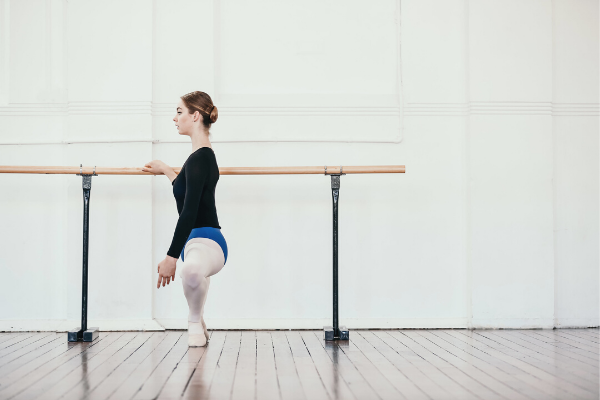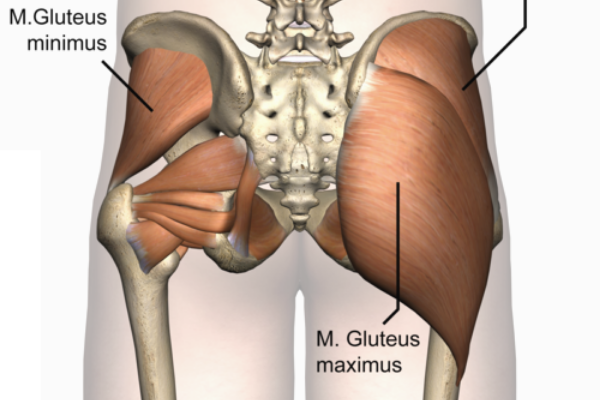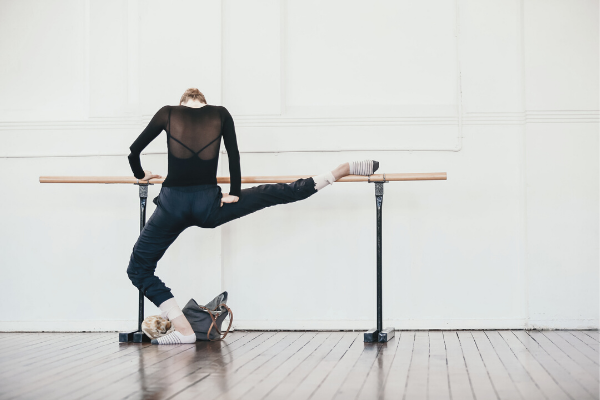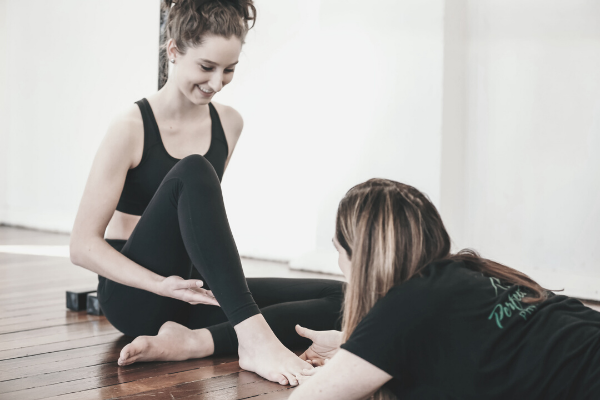The Ultimate Rehab Program
This program is all about getting you back into class as soon as possible, not necessarily to do a full class, but to do a modified class depending on your injury. Today we will focus mainly on foot injuries however this program can also be modified to use in the rehabilitation of hip, knee or back injuries if this is what you are working with at the moment. (Please see the modifications for each of these further down in the Members Area).
One of the most powerful reasons why we want to get you back in class as soon as possible is the psychological impact that stopping dancing can have on a dancer. When what you do is so enmeshed with your perception of who you are, having that removed from your life can challenge the very deepest parts of you. Especially if you have a serious injury, especially a foot injury that requires a significant period of rest can start off a dangerously slippery slope of you doubting your ability to get back, perhaps a fear of putting on weight, of losing condition or perhaps the possibility of never being able to dance again.
The psychological benefit of getting back into class for a dancer can be massive. However, it may not be right for everyone. I have found some students who do struggle in class, they may rehab better when doing it alone. It's all about developing the individual process that is right for you.
One of the most important factors in planning out the ultimate rehab program is getting a correct diagnosis. Especially in Shay's story, we learnt how important this is for getting into the right rehab program from the very beginning, which can save you weeks of rehab.
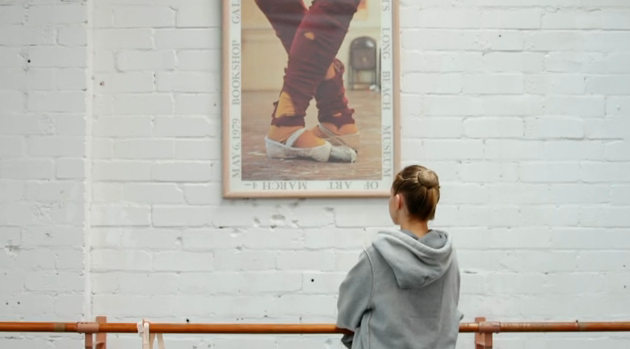
Please Note: This program is not intended to diagnose or treat any injury.
Please consult a qualified medical professional and follow their guidance throughout the whole rehab process. However, this program can help dance teachers who want to keep their students in shape while they are off due to injury. It can also help health professionals with no dance training understand the demands of a dance class- and an ordered progressive way of moving their dancing clients back to what they love doing most.
A correct diagnosis will let you know exactly what structures are injured, and how badly, so that you know what must be rested, and what can be used. For every different foot injury, there are a different set of requirements.
- For Shays injury –a major ligament injury in the midfoot, it was important that we immobilise her foot in a boot, but we could allow a little movement at the ankle
- If there is an issue with the Achilles Tendon, or perhaps a Posterior Impingement or an Os Trigonum removal, then the dancer may be restricted form pointing the foot for a period of time
- If there is an issue with the tendon that goes to the big toe (the FHL), you may only be able to pointe the foot to a demi pointe position
- Stress fractures of the lower leg or foot may need some time in a boot or a period of non weight-bearing (on crutches) however this is not always necessary
This DVD is also designed to help teachers work with injured students – rather than watching them slump depressed in the corner as their class mates dance. Any time off dancing should be focused on maximising their strength, mobility and control in all other areas, rather than wasting away their hard earned strength.
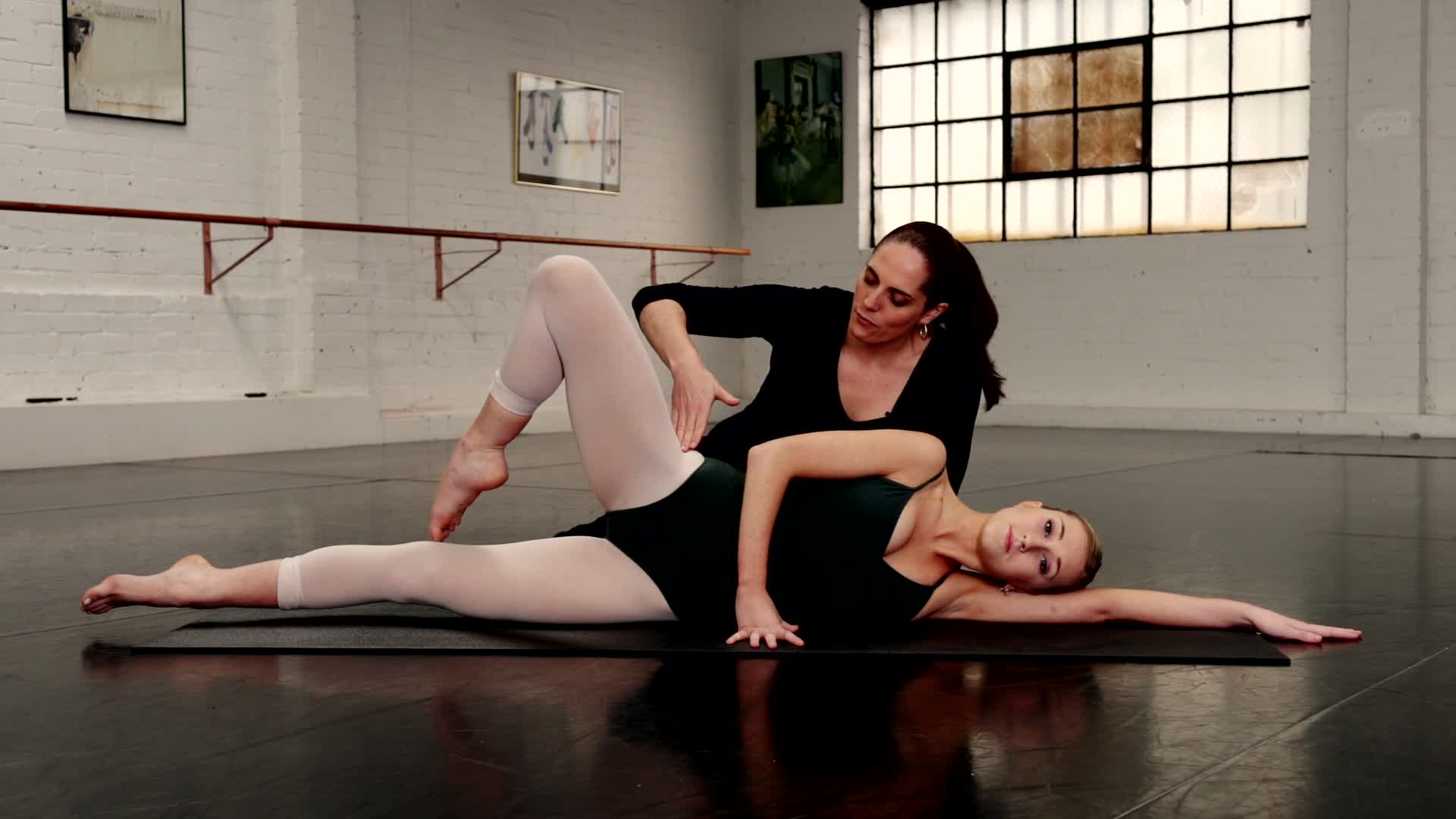
One of the biggest factors of the rehab process must always be on correcting all of the contributing factors to the injury, including rolling in of the supporting foot, or over bracing and blocking the foot. Turnout is a major factor in many foot injuries, so a strong focus is made on that. However, in this program we will not be going over all of the exercises in other programs. You can find more exercises to add into this program in our Training Turnout, Advanced Foot Control for Dancers, Core Stability for Dancers and Dance Conditioning Two programs.
Injury & Foot Resources
If you are looking to delve deeper into this topic, check out the following programs:
- Will I Ever Dance Again: The “Will I Ever Dance Again?” program is perfect if you are unable to train at full capacity, whether this is due to a foot injury, surgery, an accident or illness outside of the studio. It helps you build back to full capacity gradually, while maintaining strength, flexibility and control in the rest of the body.
- Level One Dance Teacher and Therapist Training: This unique course covers a multitude of assessment and treatment techniques to individualise a dancer's training. With special focuses on Postural Control, Core Stability, Flexibility, Basic Classical Technique, The Dancers Hip, Allegro, Spinal Mobility and Arabesques, it is suitable for anyone working closely with dancers.



